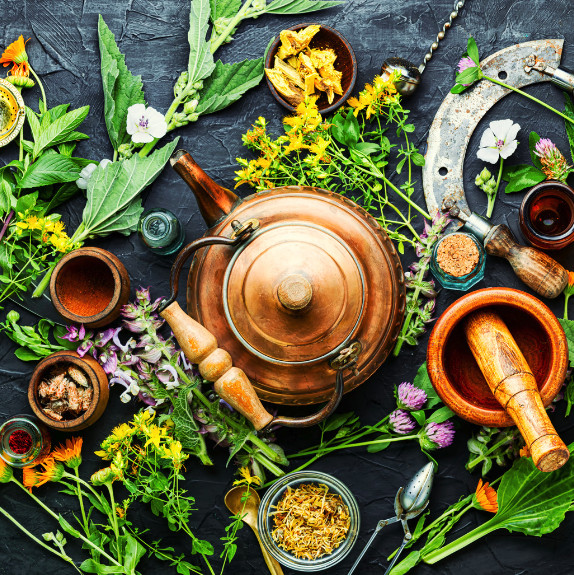
Ayurveda, the ancient holistic healing system from India, categorizes body constitutions into three primary doshas: Vata, Pitta, and Kapha. Each individual typically has a dominant dosha or combination of doshas that define their physical and mental characteristics. Balancing these doshas is crucial for maintaining health and well-being.
Ayurvedic Healing Bone Broth
Bone broth is considered tridoshic because it can benefit all three doshas—Vata, Pitta, and Kapha—when prepared and consumed appropriately. Here’s how it can be beneficial for each dosha:
Vata Balancing
Attributes: Vata is characterized by qualities like coldness, dryness, and lightness.
Bone Broth Benefits: The warming and nourishing nature of bone broth helps to counterbalance Vata's cold and dry qualities. Its rich, grounding nature can help soothe and stabilize Vata energy, making it beneficial for individuals with Vata imbalances such as anxiety, insomnia, and digestive issues. Adding warming spices like ginger or black pepper enhances its Vata-pacifying properties.
Pitta Balancing
Attributes: Pitta is associated with heat, intensity, and fluidity.
Bone Broth Benefits: Although bone broth is generally warming, it can be adapted to suit Pitta by ensuring it's not too spicy or overly heated when served. The cooling and hydrating qualities of well-strained broth can help ease inflammation and digestive discomfort typical in Pitta imbalances. Incorporating cooling herbs like coriander or cilantro can make it more suitable for Pitta individuals.
Kapha Balancing
Attributes: Kapha is known for its moist, heavy, and stable qualities.
Bone Broth Benefits: To address Kapha imbalances, which often involve congestion and sluggishness, bone broth can be made lighter and more stimulating. The light and easily digestible nature of bone broth helps to alleviate Kapha's heaviness. Adding pungent and warming spices like turmeric or cayenne pepper can further enhance its Kapha-pacifying effects.
Nutritional Profile
Bone broth is celebrated for its rich content of essential nutrients such as collagen, gelatin, and minerals like calcium, magnesium, and phosphorus. It also contains fat-soluble vitamins, which are crucial for bone health and overall vitality. The easily digestible form of these nutrients ensures that they are readily absorbed and utilized by the body, making bone broth a powerful ally in supporting joint health, skin elasticity, and gut integrity across all dosha types.
By customizing the preparation of bone broth to suit individual dosha needs, it can serve as a versatile and nourishing staple in an Ayurvedic diet, helping to promote balance and well-being. Always tailor the herbs and spices to address specific doshic attributes or imbalances for the best results.
Here is an idea for a recipe for Ayurvedic Bone Broth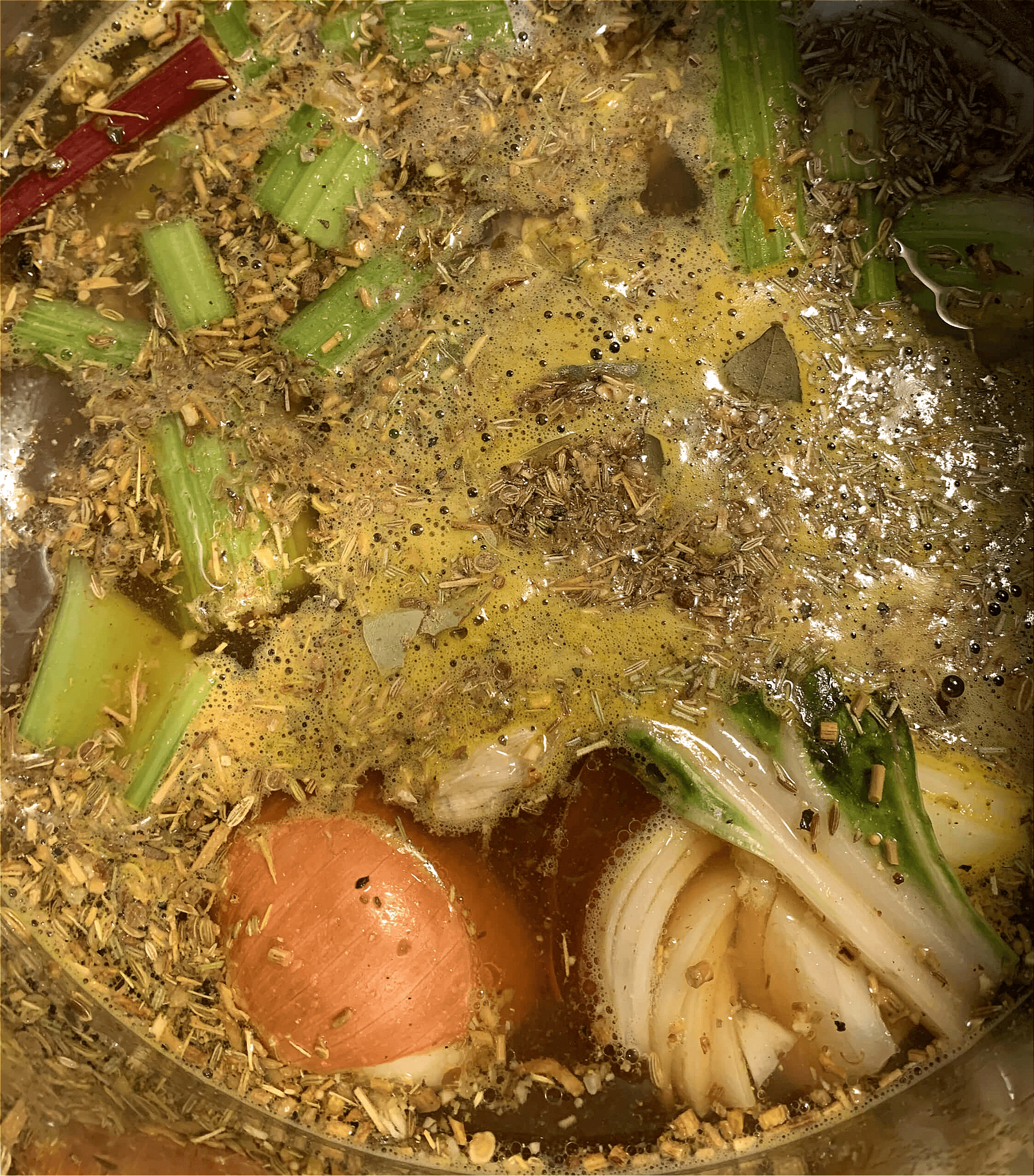

Ingredients
10 cups purified water
4 “bone marrow” beef bones (available in whole foods or most meat departments)
1 pound of chicken breast or beef stew meat (optional, but recommended for flavor)
2 carrots, sliced
2 celery sticks, sliced
1 small to medium beet, chopped (replace with sweet potato for Pitta)
1/2 onion, chopped
Fresh ginger (2 inch cube), grated or finely chopped
1/4 teaspoon each of turmeric, fennel, coriander, fenugreek, brown mustard, and cumin seed*
1/4 teaspoon black peppercorns, freshly ground
1 lemon, juiced
1/4 teaspoon pink salt, mineral salt, or sea salt
*Optional to add 1 Tbl Astragalus, Burdock Root, and/or Licorice Root for additional immune and liver support
Healing Bone Broth Recipe
1. Add the bones, chopped veggies, fresh ginger, turmeric, fennel, coriander, fenugreek, brown mustard, cumin seed, and black pepper to the crock pot. If meat is being used, add this now as well.
2. Fill the crock pot with water until it is 2 to 3 inches from the top.
3. Cover the pot and turn it on a low setting. Cook for 10 to 16 hours. If needed a high setting can be used for 6 to 8 hours.
Optional Doshic Variations
Vata
This recipe is very beneficial for Vata types and is great during times of Vata imbalances such as depletion, weakness, constipation, osteoporosis, and arthritis. If there is anemia, it is recommended to use a red meat to steep with the bones. Otherwise, no changes are needed!
Pitta
Pitta types can replace the beets and onion with more cooling root veggies such as sweet potatoes and parsnips. They should replace the lemon with lime and add in fresh cilantro leaves (about 1/2 cup). Pitta types should avoid adding any red meat to the base. White meat chicken would be a better option if meat is to be added. Otherwise, this recipe is very beneficial for Pitta and an effective way to reduce inflammation in the body.
Kapha
To enhance digestion, they can add in extra heating spices such as cayenne pepper. They can also add in chopped garlic cloves, chili pepper and/or a splash of apple cider vinegar if desired. The salt should be kept to a minimum, ideally using pink Himalayan which is best for Kapha types. This is a great option for Kapha types as a healthy and light snack between meals!
Perhaps you dont want to use bones in your breath, totally understandable and you should do you. So here is a simple veggie broth recipe and you can incorporate any of the herbs and spices and improvise to make it how you like it!
Vegetable Broth
*4-5 Servings
3 Stalks Celery
3 Carrots
3 Cloves Garlic
2 Onions
1 inch each minced fresh Ginger & Turmeric
2 Bay Leaves
3 Cups Misc Vegetable Scraps
Option to add coriander, cumin, fennel, fenugreek, salt, pepper, thyme, astragalus, burdock root, licorice root
Directions
Simmer on the stove for 30-60 Minutes. Remove from heat and allow to cool for some time. Strain and refrigerate up to 1 week or freeze up to 6 months.
Slow cook in a crock pot for up to 8 hours.
4. Strain the broth. Add the fresh lemon juice and salt, and then place the broth into glass jars or glass Tupperware to let cool.
5. If you are sensitive to the fat, you can let the broth cool in the refrigerator before consuming and scrape the layer of fat off of the top. Once refrigerated, this broth will last up to a week. 7. The remaining strained vegetable ingredients can be consumed, added to other dishes, given to the dog (NOT the bones!) or composted. The bones should be tossed in the garbage (once again, do not give them to the dog after cooking). 8. If there is extra broth, you can freeze it in ziplock bags or plastic tupperware as needed. This will last for 3 to 6 months. 9. Try to consume at least a cup of broth every day. Feel free to drink the broth like a tea or make this as a base for soups, dal, kitchari or any other appropriate dish. It makes everything more nourishing and improves the taste!


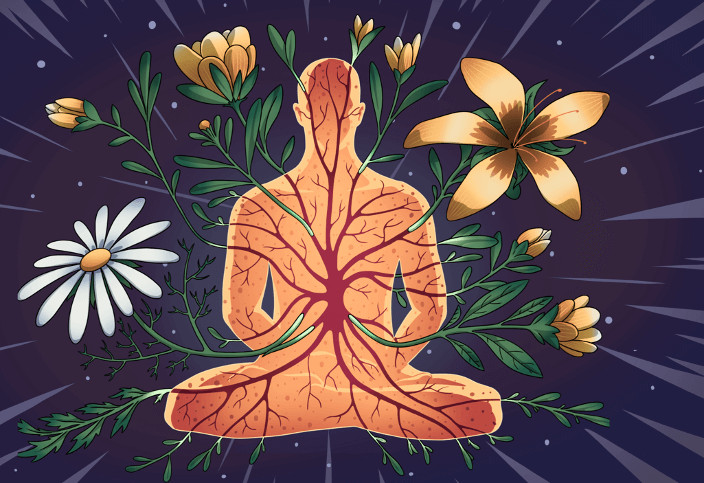
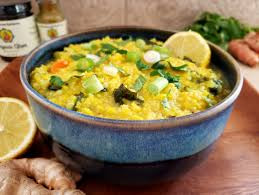



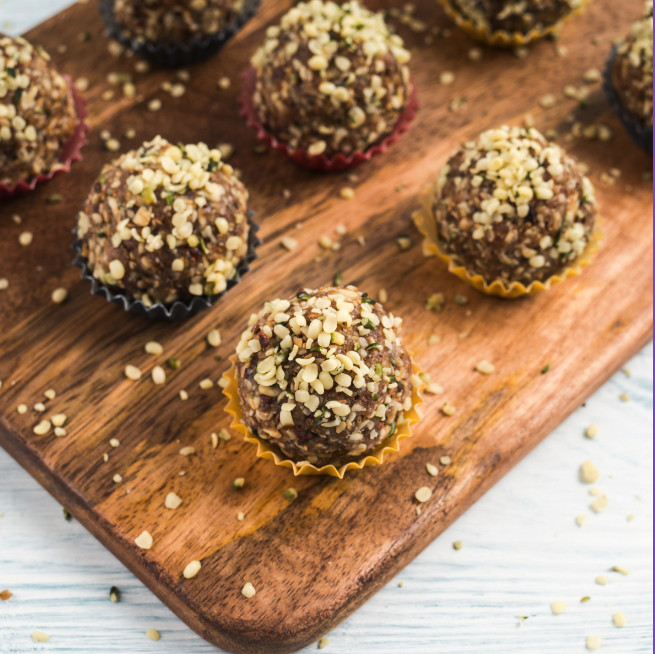
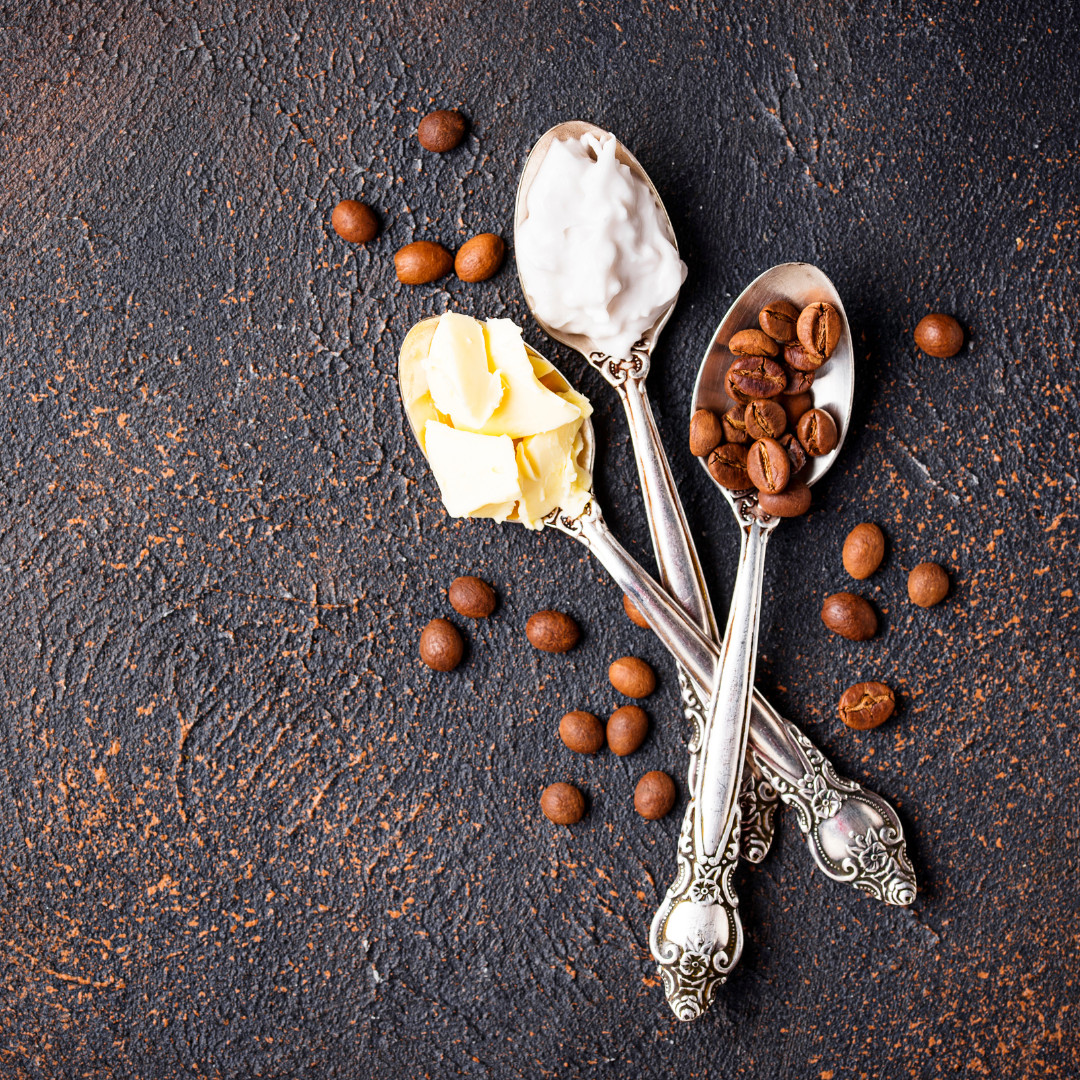







0 Comments